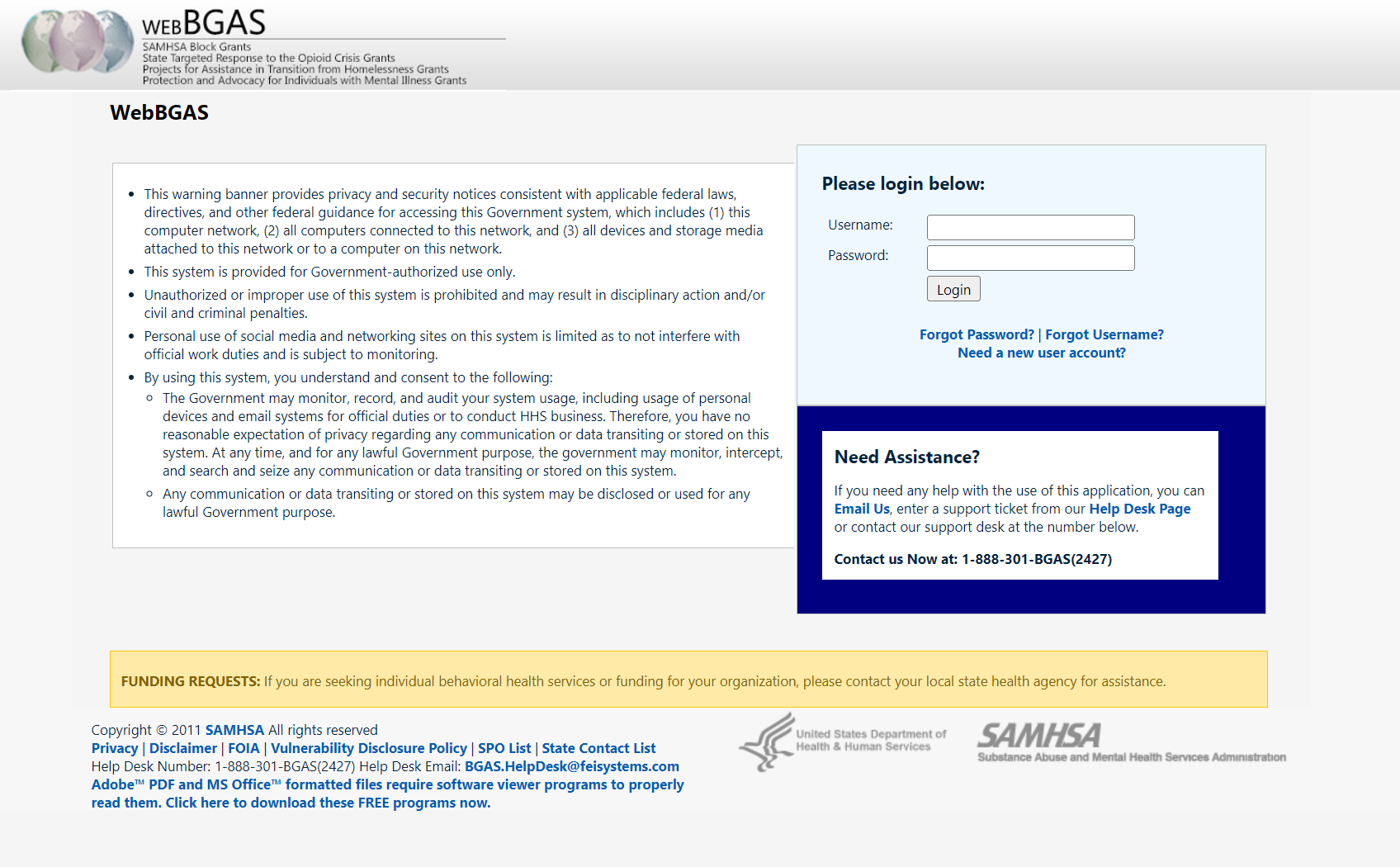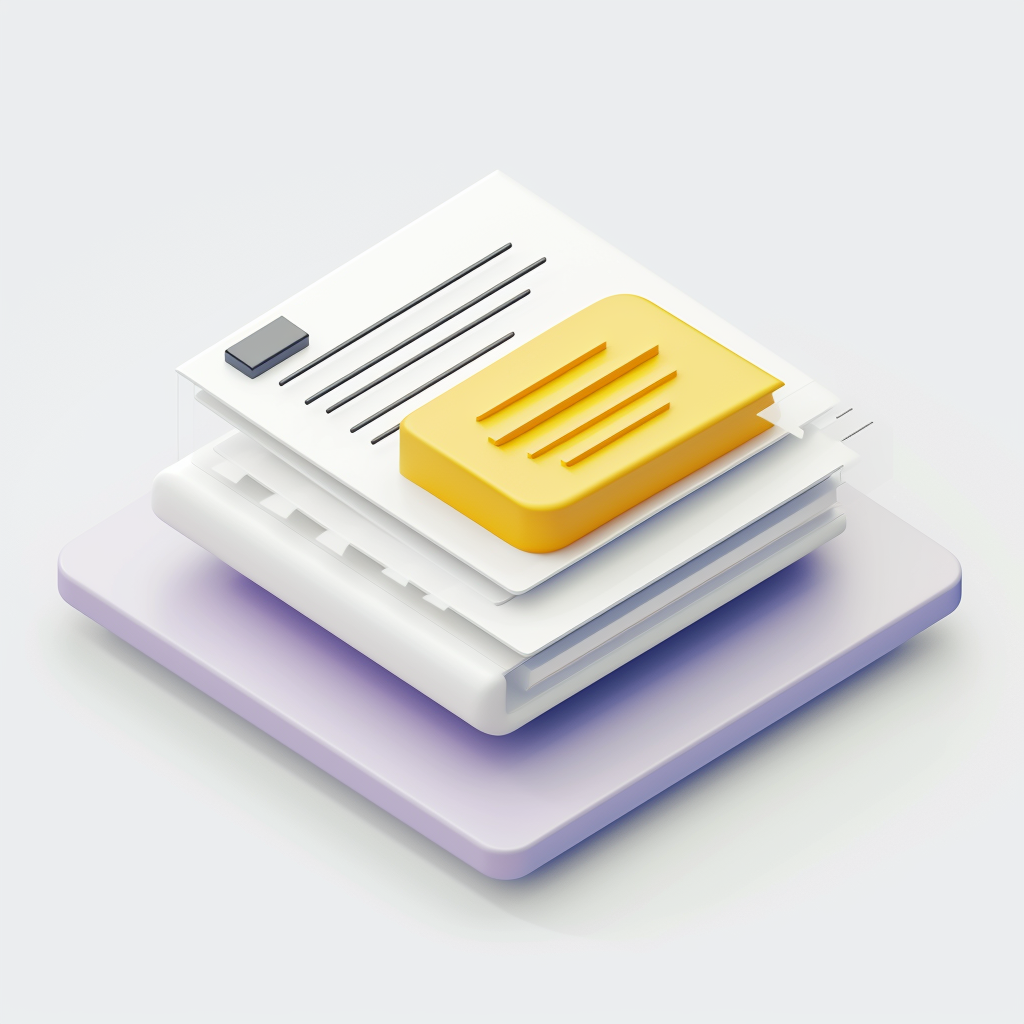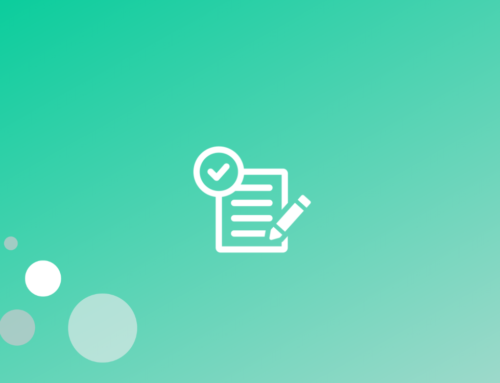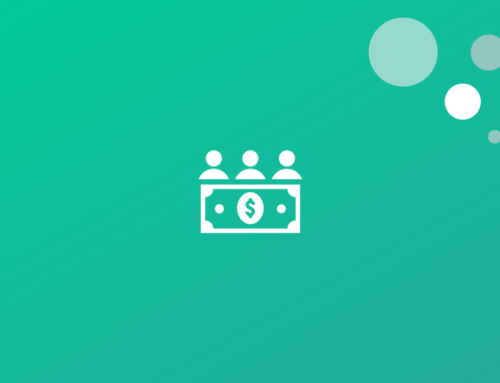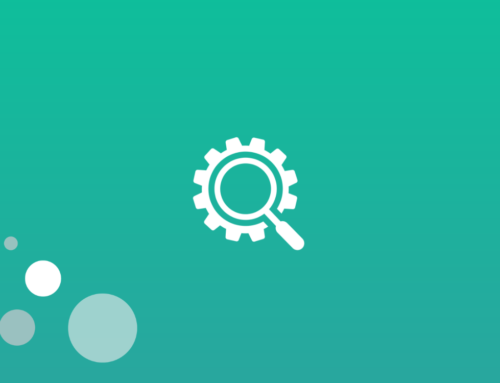Substance Use and Mental Health Block Grants
A block grant is a noncompetitive, formula grant mandated by the U.S. Congress. Eligible entities must submit an annual application to demonstrate statutory and regulatory compliance in order to receive the formula-based funding. SAMHSA is responsible for two block grant programs.
Grantees use the block grant programs for prevention, treatment, recovery support, and other services to supplement Medicaid, Medicare, and private insurance services. Specifically, block grant recipients use the awards for the following purposes:
- Fund priority treatment and support services for individuals without insurance or for whom coverage is terminated for short periods of time.
- Fund those priority treatment and support services that demonstrate success in improving outcomes and/or supporting recovery that are not covered by Medicaid, Medicare, or private insurance.
- Fund primary prevention by providing universal, selective, and indicated prevention activities and services for persons not identified as needing treatment.
- Collect performance and outcome data to determine the ongoing effectiveness of behavioral health promotion, treatment, and recovery support services.
7,726
grants awarded during FY23-24
127
pages of instructions are provided for applicants, its not a small application
9/1 or 10/1
is the last day in the FY to submit most applications.
Ready to Apply?
The receipt date for the FFY BG Application (“Combined Application “) for the Community Mental Health Services Block Grant (MHBG) and the Substance Use Prevention, Treatment, and Recovery Services Block Grant (SUBG) is not later than September 1 of each year (governed by the MHBG authorizing legislation; Section 1917(a)(1) of Title XIX, Part B, Subpart I of the PHS Act (42 USC 300x-6(a)(1).
The receipt date for the FFY BG Application for the Community Mental Health Services Block Grant (MHBG) is not later than September 1 of each year (governed by the MHBG authorizing legislation; Section 1917(a)(1) of Title XIX, Part B, Subpart I of the PHS Act (42 USC 300x-6(a)(1).
The receipt date for the FFY Application (“SUBG Only Application”) for the Substance Use Prevention, Treatment, and Recovery Services Block Grant (SUBG) is not later than October 1 of each year (governed by the SUBG authorizing legislation; Section 1932(a)(1) of Title XIX, Part B, Subpart II of the PHS act (42 USC 300x-32(a)1)).
An eligible entity must submit:
- An annual application (with assurances, certifications, and planned expenditures)
- A bi-annual plan
- An annual report
Block Grant Laws & Regulations
The Alcohol, Drug Abuse and Mental Health Services Administration (ADAMHA) Reorganization Act of 1992 (PL 102-321) was enacted on July 10, 1992. The authorizing legislation Part B, Subparts I, II, and III of Title XIX of the Public Health Service (PHS) Act (PDF | 254 KB) was amended to reflect the establishment of the Community Mental Health Services Block Grant (MHBG) and the Substance Use Prevention, Treatment, and Recovery Services Block Grant (SUPTRS BG or SUBG, for short).
Other legislation pertaining to the SUBG includes the following:
- P.L. 114-198 “Comprehensive Addiction and Recovery Act of 2016”
- P.L. 115-271 “Substance Use-Disorder Prevention that Promotes Opioid Recovery and Treatment for Patient and Communities Act” of “SUPPORT for Patients and Communities Act”
- H.R. 2617 “Consolidated Appropriations Act, 2023”
The authorizing legislation was amended by the Children’s Health Act of 2000 (PL 106-310) (PDF |545 KB), Division B, Youth Drug and Mental Health Services, Provisions Relating to Mental Health and Provisions Relating to Substance Abuse. The MHBG funding must be used to serve Children with a Serious Emotional Disturbance (SED) and Adults with a Serious Mental Illness (SMI). SAMHSA is currently developing an updated definition to SMI and SED, which was originally defined in Federal Register Notice 58:96, May 1993 (PDF | 474 KB).
The PHS Act required the secretary of the U.S. Department of Health and Human Services to create regulations for the SUBG as a precondition to making SUBG funds available to the states and other grantees under The Substance Use Prevention, Treatment, and Recovery Services Block Grant. Title 45 Code of Federal Regulations, Part 96 was published on March 31, 1993, and The Tobacco Regulations for Substance Use Prevention, Treatment, and Recovery Services Block Grant; Final Rule, 61 Federal Register 1492 (PDF |259 KB) was published on January 19, 1996.
Allotment Methodology
In general, SAMHSA allots for the block grants programs by:
Setting aside a percentage of the appropriated amount to cover its costs for data collection, technical assistance, and program evaluation. Calculating the baseline allotments based on certain factors, adjusting the allotments, if necessary, so that the statutory minimum allotment constraints are satisfied
For the SUBG, SAMHSA bases its state baseline allotment calculations on the relative shares of the Population-at-Risk, Cost-of-Services, and Fiscal Capacity Indexes. It bases territory allotments solely on the relative share of the population.
For the MHBG, SAMHSA uses similar factors in state and territory allotment calculations, except that the Weighted Population-at-Risk Index replaces the Population-at-Risk Index. In addition, different statutory minimum allotments apply.


